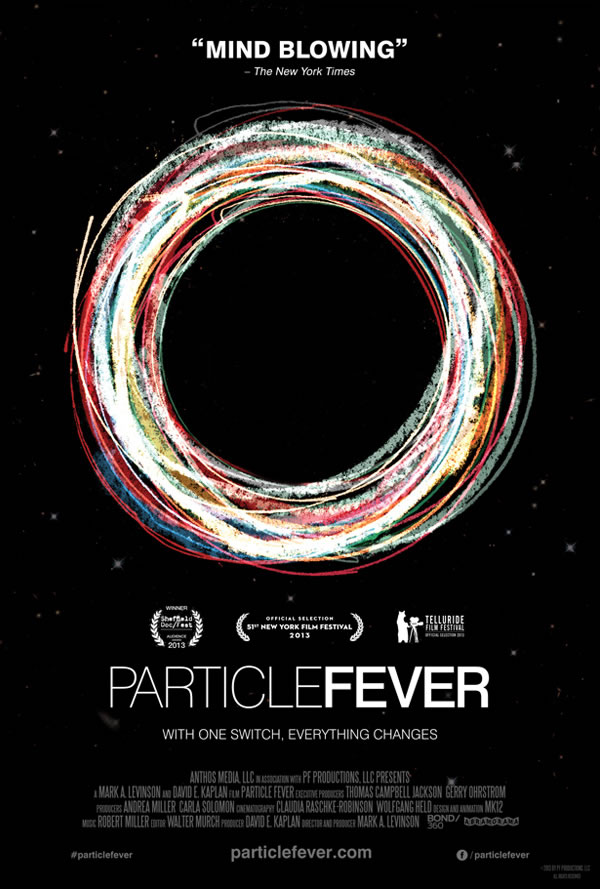The role vocabulary plays in reading and
content area lessons is not the same. In fact, there are important differences between the two. For example, the words temerity
and fulcrum in a novel do not relate to each other. Therefore, understanding the meaning of one and not the other in
the book has little
impact on the readers’ comprehension of the entire text.
However, in a content area, words are
related to concepts and are often related among themselves. Take
for instance the
words atom,
neutrons, protons, nucleus and electrons. These words are necessary to know in order
to understand the concept of an electron cloud. Therefore, students need a thorough
understanding of content vocabulary because these words are labels for
important concepts. Acquisition of the meanings of these words is necessary in order to learn further
concepts.
Furthermore,
the word nucleus in Chemistry is
different from the word’s definition in Biology. This
is because each discipline has its own language or technical vocabulary that students must
learn in order to comprehend specific content-area information.
Another essential consideration is that content
vocabulary consists of many low-frequency words that do not appear in other contexts.
All the differences mentioned above leave no doubt that a different
approach to vocabulary instruction in content areas is needed, mainly one which enables students to integrate new terms with what they already know. Apart form this, vocabulary instruction in content areas has to ensure that new
terms are taught and retaught in
multiple contexts and allow students to use these new terms in ways that are meaningful to them as often as possible.
Content area teachers can get considerable help from language teachers if they provide them with information about the vocabulary strategies that work in their English language classes, so I suggest that English language teachers should carry out a simple survey among students so as to make them aware of the vocabulary strategies they are using and the need to use some they are still not familar with.
Experts on strategies that lead to effective acquisition of the subject-specific vocabulary have to be known by content area teachers: Keith Kelly provides us with excellent resources so as to work on vocabulary in Science and Geography in three different stages:
- Working with words
- Working with sentences
- Working with texts
For those of you who wish to have a bank of basic vocabulary strategies that can be used in any content area, this file can be very useful. I will try to show you how you can adapt them to your specific subjects in our next session together on February 10th.









